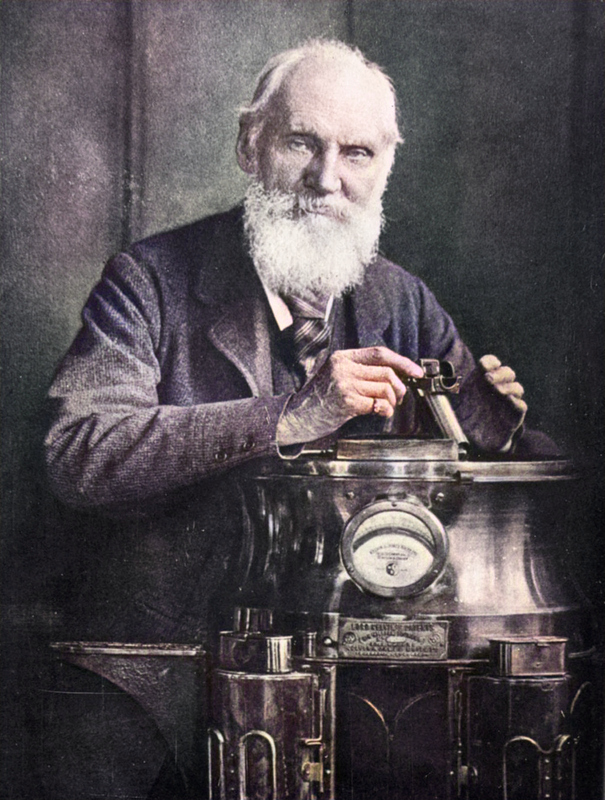The history of heat pumps can be traced back to the early 1800s, when scientists first began to explore the properties of gases. In 1824, French physicist Sadi Carnot published a paper called “Reflections on the Motive Power of Fire,” which laid the theoretical groundwork for the development of the heat pump. Carnot’s paper described a theoretical engine that could transfer heat from a cooler body to a warmer body, using the energy produced to perform work.
In the mid-1800s, Lord Kelvin and William Thomson (later known as Lord Kelvin) developed the concept of absolute temperature, which allowed scientists to better understand the properties of heat. In 1852, Thomson developed the first heat pump, which used a compression/expansion cycle to transfer heat from one place to another. However, the technology was not yet practical for use in homes and businesses.
It wasn’t until the 1940s and 1950s that heat pumps began to be used in residential and commercial buildings. In the 1940s, Robert C. Webber developed the first ground source heat pump, which used a loop of piping buried in the ground to transfer heat from the earth to a building. This technology was further developed in the 1950s by Robertshaw Controls Company, which produced the first commercially available ground source heat pump.
Around the same time, air source heat pumps were also being developed. In the 1950s, an American engineer named George H. Nelson developed the first air source heat pump, which used a refrigerant to transfer heat from the outside air to the inside of a building. This technology was further refined in the 1960s and 1970s by companies like Carrier and Lennox, which produced the first mass-market air source heat pumps.
In the 1980s, the oil crisis and growing concerns about energy efficiency led to a renewed interest in heat pumps. Governments around the world began to offer incentives for homeowners and businesses to install heat pumps, and the technology continued to improve. In the 1990s, the development of variable-speed compressors and other technologies made heat pumps even more efficient, and today, heat pumps are widely used in both residential and commercial buildings.
In recent years, advances in technology have made heat pumps even more efficient and versatile. For example, some heat pumps now use solar panels to generate electricity, making them even more environmentally friendly. Other heat pumps are designed to provide both heating and cooling, and also heat water.
Despite their long history, many people are still unfamiliar with heat pumps and how they work. Some people confuse heat pumps with air conditioners, which only provide cooling. Others assume that heat pumps are only useful in warm climates, when in fact they can provide heating even in very cold weather.


